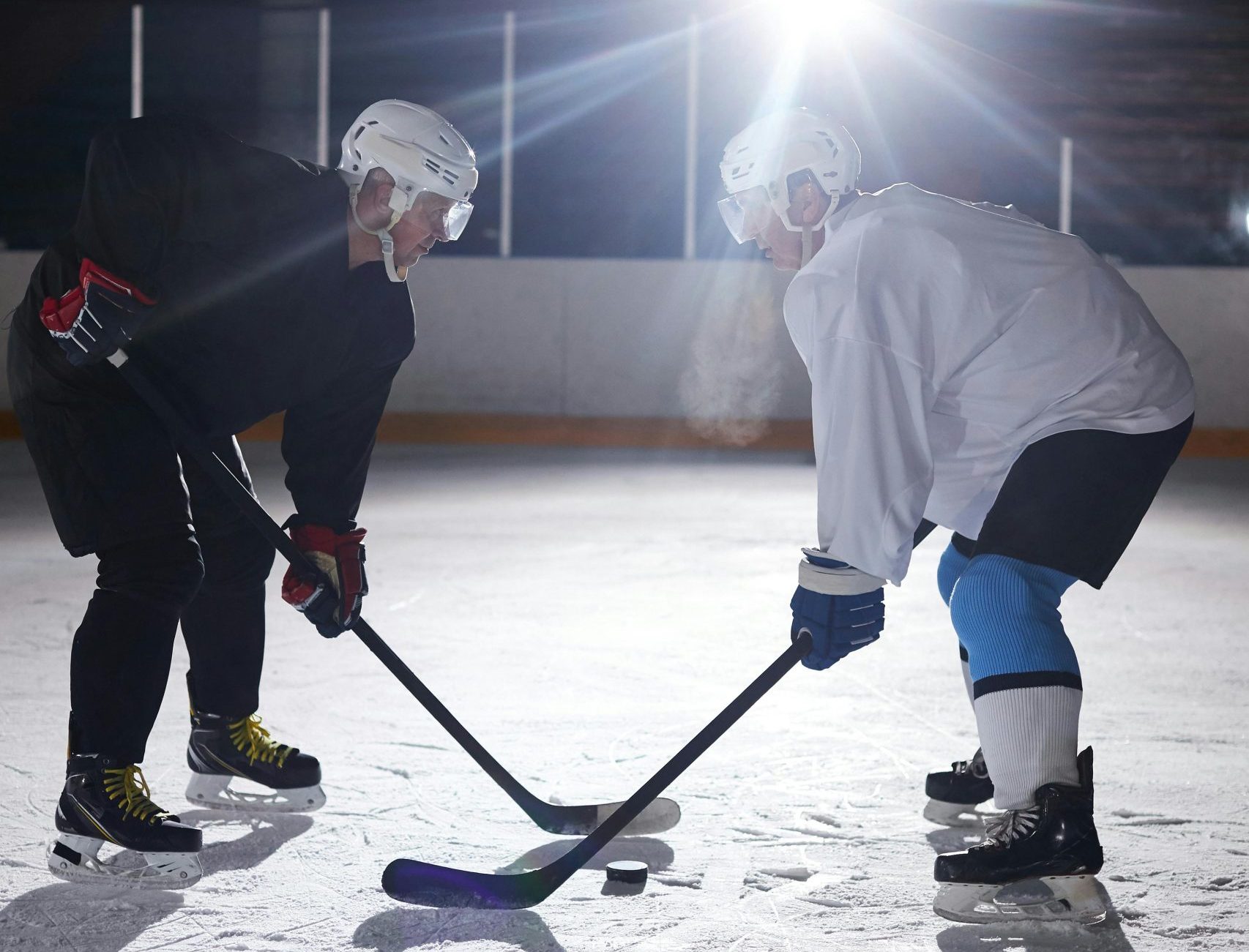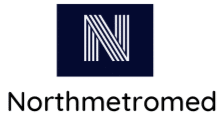What Are the Best Methods for Tracking Training Load in Elite Field Hockey Athletes?

The modern world of sports is ever-evolving, and data has become an integral part of this landscape. It’s crucial you understand how monitoring and managing training load can enhance your athletes’ performance and reduce the likelihood of injury. Specifically, we’ll be focusing on field hockey, a high-speed, high-strength sport where athletes’ performance is paramount. Leverage the power of sports science, utilizing studies, scholarly articles, and algorithms from Google and Crossref. By doing this, you’ll gain a better understanding of the most effective techniques for tracking training load in elite field hockey athletes.
1. Understanding the Importance of Monitoring Training Load
Before diving into the methods of tracking training load, you need to understand why it’s crucial. The training load is a comprehensive measure of the stress placed on an athlete during training and matches. This stress could be physiological, such as cardiovascular or muscular strain, or psychological, like mental fatigue.
Avez-vous vu cela : How Can Advanced Treadmill Technology Simulate Road Racing Conditions for Indoor Runners?
High-quality monitoring enables you to balance training load with recovery, enhancing both the performance and wellbeing of your athletes. According to various studies, properly managed training load can improve speed, strength, and overall performance. On the contrary, excessive or poorly managed load can lead to fatigue and a higher risk of injury.
There are several methods to monitor training load effectively. Let’s explore them.
Avez-vous vu cela : How Can Advanced Treadmill Technology Simulate Road Racing Conditions for Indoor Runners?
2. Session Rating of Perceived Exertion (sRPE)
One of the most common methods of monitoring training load is the Session Rating of Perceived Exertion (sRPE). This technique involves asking athletes to rate their perception of exertion after training. It’s a simple yet powerful method, as the athlete’s perception often aligns with their physiological responses.
Several studies have shown a strong correlation between sRPE and objective measures of training load, such as heart rate and lactate concentration. The sRPE method provides an accessible, cost-effective way of monitoring training load for field hockey players.
3. Wearable Technology
Wearable technology, including GPS trackers and heart rate monitors, has revolutionized sports science. These devices provide a wealth of data, from detailed mapping of an athlete’s movements to intricate insights into their physiological responses.
A GPS tracker can measure the total distance covered, the speed at which the athlete moves, and the intensity of these movements. This data can give an in-depth understanding of the physical demands placed on field hockey athletes, helping you adjust training loads accordingly.
Similarly, heart rate monitors provide real-time data on athletes’ cardiovascular responses to training. This information allows for the accurate tracking of training load, ensuring athletes are working within the correct intensity zones to optimize performance and recovery.
4. Athlete Wellness Questionnaires
While physiological data is invaluable, it’s equally important to consider the psychological aspect of training load. Athlete wellness questionnaires are a simple way to monitor the psychological and emotional state of your athletes.
These questionnaires usually cover aspects such as mood, stress levels, sleep quality, muscle soreness, and overall wellbeing. High stress and poor sleep, for instance, may indicate the athlete is struggling to cope with their current training load.
Data from athlete wellness questionnaires is typically cross-referenced with performance and injury data. This provides a holistic view of the athlete’s state, helping to adjust training load to optimize wellbeing and performance.
5. Load Management Software
Finally, load management software is a highly effective tool for tracking training load. This software can aggregate and analyze data from various sources, including GPS trackers, heart rate monitors, sRPE, and athlete wellness questionnaires.
Load management software uses sophisticated algorithms to present meaningful insights into the athlete’s training load. This data can identify trends and patterns, predict future performance, and flag potential injury risk.
These insights can inform decisions on training load adjustments, ensuring your athletes are adequately prepared for the physical demands of field hockey. Smart load management can enhance performance, reduce injury risk, and keep your team at the top of their game.
In the digital age, there’s no shortage of methods for tracking and managing training load. By utilizing these techniques and continually refining your approach based on the data you gather, you’re well-poised to maximize your athletes’ potential while safeguarding their wellbeing. There’s no one-size-fits-all solution, but through diligent monitoring and responsive adjustments, you can ensure your athletes are always performing at their peak. Remember, data-driven decision making is the key to success in modern sports.
6. Utilizing Google Scholar and Crossref for Research
To further enhance your understanding of training load management, turning to reputable scholarly databases like Google Scholar and Crossref can be particularly beneficial. Both of these platforms host a plethora of scientific studies and scholarly articles that could help in making data-driven decisions.
For instance, Google Scholar can be used to access studies that discuss the correlation between training load and performance in field hockey athletes. You can find research discussing the effects of different chronic workload strategies on player performance and injury risk. This sort of information can help you tailor your training load plan to maximize performance while minimizing injuries.
On the other hand, Crossref is a digital hub that operates a citation linking system. This means you can find the original article that introduced a particular concept or measure of training load, such as acute to chronic workload ratio in team sports. Reading the original articles can provide an in-depth understanding of these concepts and measures, allowing you to use them more effectively in practice.
By integrating the findings from these databases into your training load management strategy, you can base your decisions on the latest and most accurate scientific data available. This data-driven approach is likely to optimize your athletes’ performance while safeguarding their wellbeing in the long term.
7. Incorporating Strength and Conditioning Training
Properly managing training loads also involves incorporating strength and conditioning training. These training methods are designed to improve players’ power, speed, agility, and endurance, all critical components in field hockey.
According to a study found on PubMed, strength and conditioning training can reduce the risk of injury in high-intensity sports such as field hockey. The study also found that the incorporation of these training methods can improve overall performance, even under high training loads.
Another study published on PubMed revealed that athletes who underwent strength and conditioning training were able to sustain higher training loads compared to those who didn’t. This further underscores the importance of incorporating such training in the overall training plan of field hockey athletes.
Conclusion
From the Session Rating of Perceived Exertion (sRPE) and wearable technology to athlete wellness questionnaires and load management software, several methods are effective in tracking and managing training load in elite field hockey athletes. Further insights can be gained by utilizing scholarly databases like Google Scholar and Crossref, and incorporating strength and conditioning training into your training plan.
While high training loads can improve performance, they must be managed effectively to minimize the risk of injury. By utilizing the techniques outlined above and making data-driven decisions, you can ensure your athletes are adequately prepared for the physical demands of field hockey.
Remember, there’s no one-size-fits-all solution when it comes to managing training load. It requires diligent monitoring, responsive adjustments, and a willingness to innovate and refine your approach based on the data gathered. This diligent, data-driven approach is the key to maximizing your team’s potential and maintaining their wellbeing. With the abundance of resources and technology at our disposal in this digital age, the power to enhance performance and reduce injury risk is truly in the hands of the field hockey coaches.
